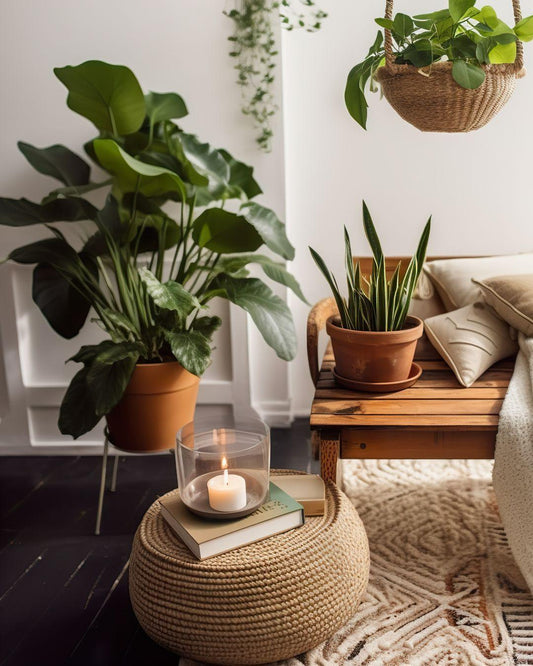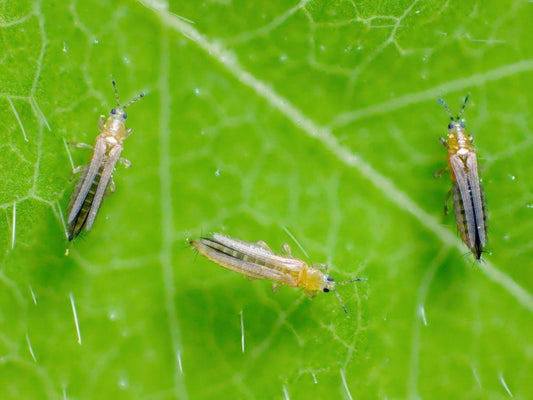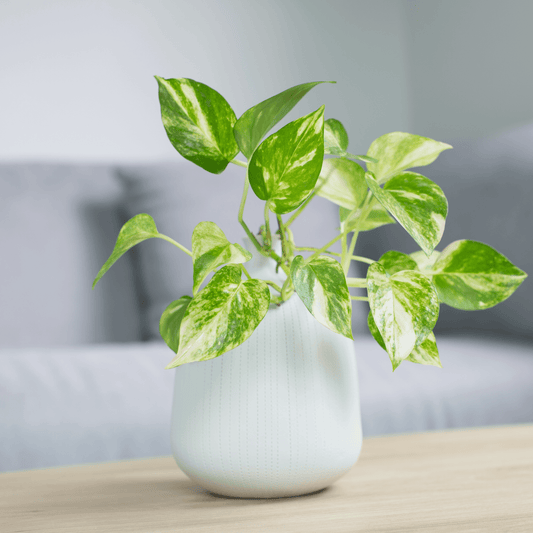You just bought a plant, what to do now?
Buying a plant is always exciting, but did you know that to ensure it has a long and healthy life, it needs to be given specific care right from the start ?
Whether you bought it from a nursery, supermarket, garden center or shop, there are some basic steps to follow to prevent your plant from dying within a few weeks .

Why is repotting essential?
Most houseplants , which are often tropical species , are grown by growers in very dense soils, such as pure peat . This type of substrate is perfect for greenhouses, where high temperatures and constant humidity allow the soil to dry out quickly.
However, once you get home , the conditions change : there is less light, lower temperatures and less humidity. In this scenario, the soil tends to stay wet longer , causing root rot and, in the worst case, the death of the plant.
In addition, many plants you find on sale are already stressed . Often the pots contain multiple cuttings (to make the plant visually bushier), forced to compete with each other for nutrients and space. This overcrowding further weakens them. If you then bought the plant in a shop or supermarket, you must also consider the period spent in the dark, without enough light for photosynthesis.
What to do as soon as you bring the plant home?
1) Adaptation:
After purchasing, let the plant adjust to its new environment for 2-3 weeks . Place it in the chosen location and check the soil. If it is still wet, avoid watering it until it has completely dried out.
2) Observation of the substrate:
the original soil is often exhausted, you will notice that it is dense, sometimes with mold or stains. This type of soil no longer provides any nutrients to the plant.
3) Repotting:
once the adaptation period is complete (even in winter, if your home temperature is constant between 18-20°C), repot the plant . Choose a slightly larger pot (2-3 cm in diameter more) and use a high-quality draining substrate. This will help the roots develop healthily and prevent water stagnation. Read the article dedicated to the substrate for tropical plants to find out what it is made of.
4) Division of cuttings:
if the pot contains more than one plant (as often happens), divide them . Each plant needs its own space to grow. If you want to maintain the bushy effect, leave a maximum of 2-3 cuttings in the same pot, but create new pots with the others.Why are my plants different?

If you buy a plant from me, you won't have to go through all these steps. My plants are self-produced directly in Tuscany on my farm, they grow in a specific draining substrate enriched with organic humus. This guarantees them an excellent nutritional base and greater resistance to stress.

When you choose one of my plants, you pay not only for the plant itself, but also for the quality of the substrate and the care I have given it.
Creating a draining substrate from scratch can be expensive: you would have to buy peat moss and several bags of inert materials, ending up spending much more than the cost of the plant.
So remember that repotting a newly purchased plant is essential to ensure it has a long and healthy life.
With a little care and attention, you can transform even a stressed plant into a thriving element of your home. If instead you want to avoid stress and start off on the right foot, choose my plants: they are already ready to live at their best in your environment!





